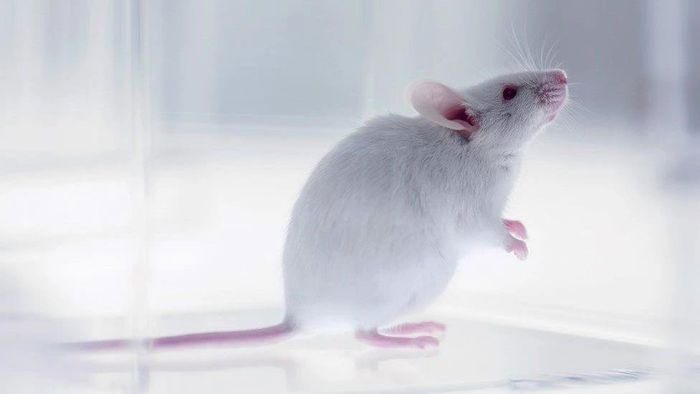Isolated mice will turn against each other. But is this truth, which applies to these rodents, also true for humans?
The Lonely Mouse
White fur. Pink nose. A tail. This little mouse is exactly three months old. It has been in its cage for four weeks, enduring a forced period of solitude. But today, it will have a visitor.
A new mouse has been introduced into its cage. Our little mouse observes it from head to toe. There is “an initial pattern called exploratory behavior,” according to the researchers conducting this experiment.
Then, suddenly, our mouse makes a stunning move. It stands on its hind legs, wags its tail, and aggressively bites the “intruder,” throwing it to the ground. The ensuing struggle—brutal, intense, and driven solely by the presence of a second mouse—is recorded by the researchers.
This is not the first time they have witnessed such behavior. In most cases, the longer a mouse is isolated, the more aggressive it becomes towards newcomers.
Thus, isolated mice will turn against each other. But is this truth, which applies to these rodents, also true for humans? In today’s world, where the crisis of loneliness is exacerbated by weeks and months of social distancing and lockdowns, will we not only turn against each other but also fight against one another? Could loneliness not only harm our health but also make the world a more aggressive and angry place?

Scientists have found a link between loneliness and decreased levels of empathy. (Illustrative image: BBC).
There are currently numerous scientific studies linking human loneliness to feelings of hostility towards others. This partly stems from an initial defensive reaction, a “withdrawal,” as interpreted by Jacqueline Olds, a professor of psychiatry at Harvard University.
Lonely individuals often don a protective shell that denies their need for warmth and companionship. Whether intentionally or not, they “begin to send signals, often non-verbal, telling others ‘leave me alone, I don’t need you, go away’.”
Additionally, something else is happening—something that loneliness triggers in our brains. Some researchers have found a link between loneliness and decreased levels of empathy, the ability to put oneself in another’s shoes to understand their perspective or pain. This is reflected not only in behavior but also in brain activity.
Many studies have shown that in the brains of lonely individuals, the activation level of the temporoparietal junction, the brain region most closely associated with empathy, decreases when faced with others’ suffering, while in non-lonely individuals, brain activation levels increase.
At the same time, the visual cortex, the part of the brain that typically processes vigilance, attention, and visual input, is stimulated in lonely individuals. This means that lonely people often react more quickly—indeed by several milliseconds—to the suffering of others, but their responses are attentive, not perspective-taking.
Similar to how a lonely body enhances responses to stress, a lonely mind, filled with anxiety and hyper-vigilance, operates in a self-preserving manner, scanning the environment for threats rather than attempting to view things from the perspective of the affected individual.
Dr. Stephanie Cacioppo, director of the Brain Dynamics Laboratory at the University of Chicago, asks: “Have you ever taken a walk in the woods and jumped back in fright because you saw a branch on the ground and thought it was a snake? The lonely mind always sees snakes.”
More recently, researchers have also discovered that loneliness affects not only how we perceive the world but also how we categorize it.
A study conducted in 2019 at King’s College London asked 2,000 18-year-olds to describe the friendliness of their neighborhoods. They also asked the siblings of the participants the same question.
In short, lonelier individuals perceive their neighborhoods as less friendly, cohesive, and trustworthy than their siblings, who are less tormented by feelings of isolation. Therefore, loneliness is not simply a personal state.


















































